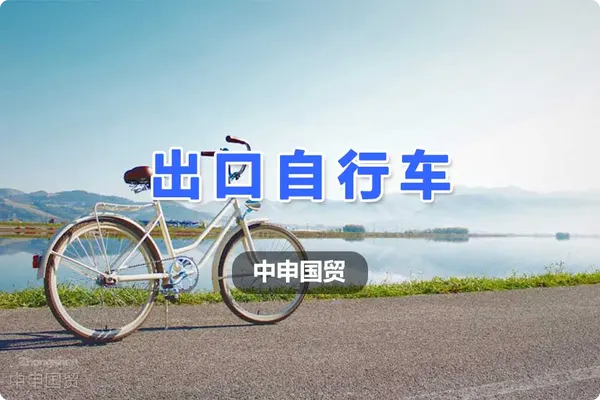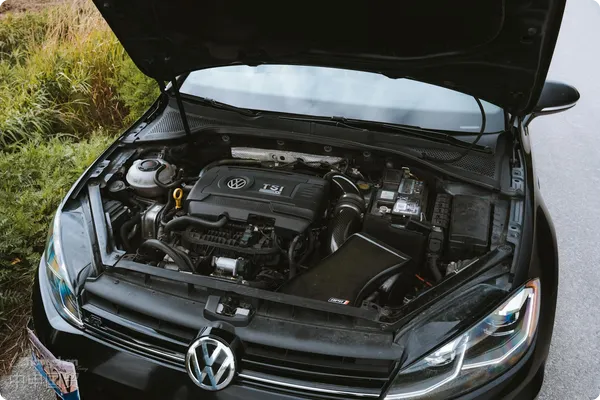- Shanghai Zhongshen International Trade Co., Ltd. - Two decades of trade agency expertise.
- Service Hotline: 139 1787 2118
With the global popularity of green commuting concepts, cycling for commuting and fitness has become an increasingly popular choice. As the worlds largest bicycle producer, China exports massive quantities annually, manufacturing 48.83 million bicycles in 2023 and exporting 39.648 million. In Q1 2024, China exported 10.999 million complete bicycles, a 13.7% increase from the previous quarter. What quality and safety requirements should export enterprises focus on when facing different international markets?
I. Major Market Technical Regulations and Standards
European Union
The EU market has strict requirements for bicycle quality and safety. All bicycles sold in the EU must comply with the General Product Safety Directive (GPSD, 2001/95/EC), which sets basic safety requirements for all consumer products, including bicycles. Products conforming to this directive must bear the CE mark, indicating compliance with EU safety, health, and environmental protection requirements.
On May 23, 2023, the EU issued the General Product Safety Regulation (GPSR), which will replace the current GPSD effective December 13, 2024. The new regulation adds specific obligations for enterprises to ensure product safety and establishes detailed product safety requirements for online markets.
Regarding specific standards, the EUs EN ISO 4210 series covers safety requirements for adult bicycles, while EN ISO 8098-2014 specifies safety requirements for childrens bicycles. Additionally, EN ISO 11243-2016 outlines requirements and test methods for bicycle luggage carriers. All bicycles exported to the EU market must comply with these standards and bear the CE mark.

United States
In the U.S., bicycles fall under consumer products regulated by the Consumer Product Safety Commission (CPSC). Title 16 CFR Part 1512 details bicycle safety requirements, covering performance indicators for components such as frames, forks, wheels, pedals, brakes, and reflectors. The regulation also requires providing users with a manual containing basic operation and maintenance information.
The Consumer Product Safety Improvement Act of 2008 strengthened testing and certification requirements for childrens products. Bicycles designed for or intended for children aged 12 or younger must comply with all applicable safety rules and bear permanent tracking labels on products and packaging. Manufacturers or importers must engage CPSC-accredited third-party labs for testing and certification, issuing Childrens Product Certificates (CPC) to demonstrate compliance.
Australia
Australias Consumer Protection Notice No. 6 of 2004—Consumer Product Safety Standard: Pedal Bicycles—Safety Requirements, issued in 2004 and based on AS/NZS 1927-1998, specifies design and labeling requirements for childrens and adult pedal bicycles. The standard applies to fully or partially assembled pedal bicycles but excludes special types such as racing bicycles, tandem bicycles, and folding bicycles.
Australian standards for adult pedal bicycles cover design aspects including sharp points/edges, fasteners, protrusions, control cables, toe clearance, ground clearance, wheels, guards, seat posts, pedals, steering systems, brake systems, warning devices, and lighting. Childrens pedal bicycles must have at least two braking systems, one of which must be a foot brake.
II. Export Content Requirements
For export enterprises, understanding and complying with target market technical regulations and standards is crucial. This not only ensures smooth market entry but also effectively reduces return and recall risks. Below are key aspects to focus on when exporting bicycles:
- Design and Manufacturing: Ensure bicycle design and manufacturing meet target market requirements. For example, the EU requires CE marking, while the U.S. mandates detailed user manuals and rigorous performance testing.
- Testing and Certification: Before export, products must undergo testing by third-party inspection agencies recognized by the target market. For example, childrens bicycles for the U.S. market require lead content and small parts testing and must obtain a Childrens Product Certificate (CPC) from the CPSC.
- Labeling and Packaging: Ensure product labeling and packaging comply with the regulatory requirements of the target market. Labels should include necessary safety information, usage instructions, and traceability marks, while packaging must ensure safety during transportation.
(II) Reserve sufficient time
- Establishing an Internal Control Standard System: Export enterprises should proactively understand the technical requirements of the target market and establish their own internal control standard system based on this, developing comprehensive regulations for all stages, including product design, manufacturing, testing, and labeling.
- Tracking Regulatory Developments: Stay updated on and research regulatory and standard developments in the target market, mastering the latest technical, quality, safety, health and environmental, packaging, and labeling requirements, and adjust product standards and internal management accordingly.
- Issue Handling: When issues arise with products in foreign markets, investigations and resolutions should be conducted promptly in accordance with the product management regulations of the importing country. Maintain good communication with local regulatory authorities to ensure quick and effective problem resolution.
Conclusion
By gaining an in-depth understanding of and complying with the technical regulations and standards of the target market, establishing a robust internal control standard system, and actively responding to market changes, export enterprises can remain competitive in the international market. We hope this article provides valuable references and guidance for your bicycle export process.
Related Recommendations
? 2025. All Rights Reserved. Shanghai ICP No. 2023007705-2  PSB Record: Shanghai No.31011502009912
PSB Record: Shanghai No.31011502009912








